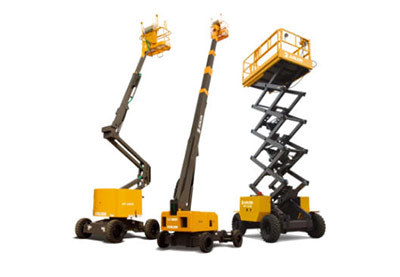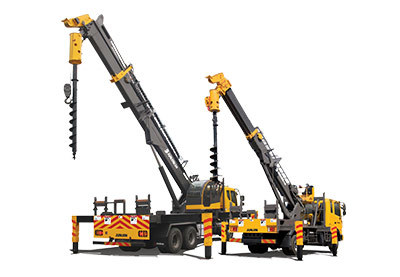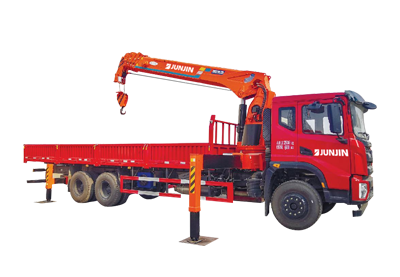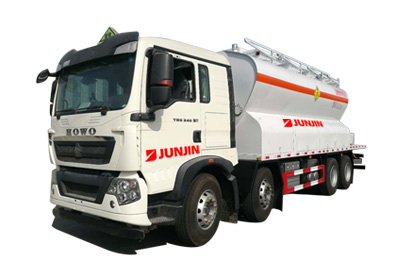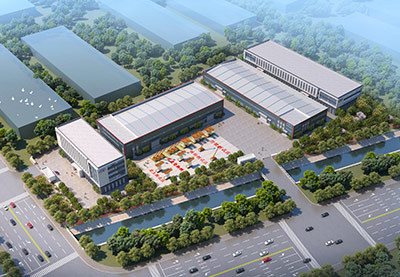Aerial work platform: A safe tool for high-altitude operations
Release time:
Aug 13,2024
In modern construction, especially in high-altitude work environments, traditional scaffolding is gradually being replaced by a more advanced and safer device: the aerial lift.
Significant Advantages of Aerial Lifts
Aerial lift design prioritizes safety. The platform is surrounded by guardrails and typically features automatic locking mechanisms to prevent accidental slippage. The lift's ground support system ensures stable operation on uneven terrain, effectively preventing tilting and tipping.
Compared to traditional scaffolding, aerial lifts allow for rapid raising and lowering, and adjustment of working height, significantly reducing scaffolding setup time. One operator can easily complete high-altitude work, making them especially suitable for projects requiring frequent movement and height changes.
Aerial lifts can not only vertically ascend and descend but also flexibly adjust in both horizontal and vertical directions, making work in complex environments more convenient. Whether in confined spaces or environments with obstacles, aerial lifts can meet the demands.
Aerial lifts can be operated by a single person, eliminating the need for multiple workers to assist with scaffolding setup and dismantling. Its convenience effectively reduces labor costs, lowers construction difficulty, and improves overall construction efficiency.
Releated Blog
Share

Address: No.22, Ciyang Road, Gaotuan Town, Fushan District, Yantai City, Shandong Province, P.R.China

QR Code
© 2025 Quanjin Heavy Industry (Shandong) Co., Ltd.
COOKIES
Our website uses cookies and similar technologies to personalize the advertising shown to you and to help you get the best experience on our website. For more information, see our Privacy & Cookie Policy
COOKIES
Our website uses cookies and similar technologies to personalize the advertising shown to you and to help you get the best experience on our website. For more information, see our Privacy & Cookie Policy
These cookies are necessary for basic functions such as payment. Standard cookies cannot be turned off and do not store any of your information.
These cookies collect information, such as how many people are using our site or which pages are popular, to help us improve the customer experience. Turning these cookies off will mean we can't collect information to improve your experience.
These cookies enable the website to provide enhanced functionality and personalization. They may be set by us or by third-party providers whose services we have added to our pages. If you do not allow these cookies, some or all of these services may not function properly.
These cookies help us understand what you are interested in so that we can show you relevant advertising on other websites. Turning these cookies off will mean we are unable to show you any personalized advertising.
